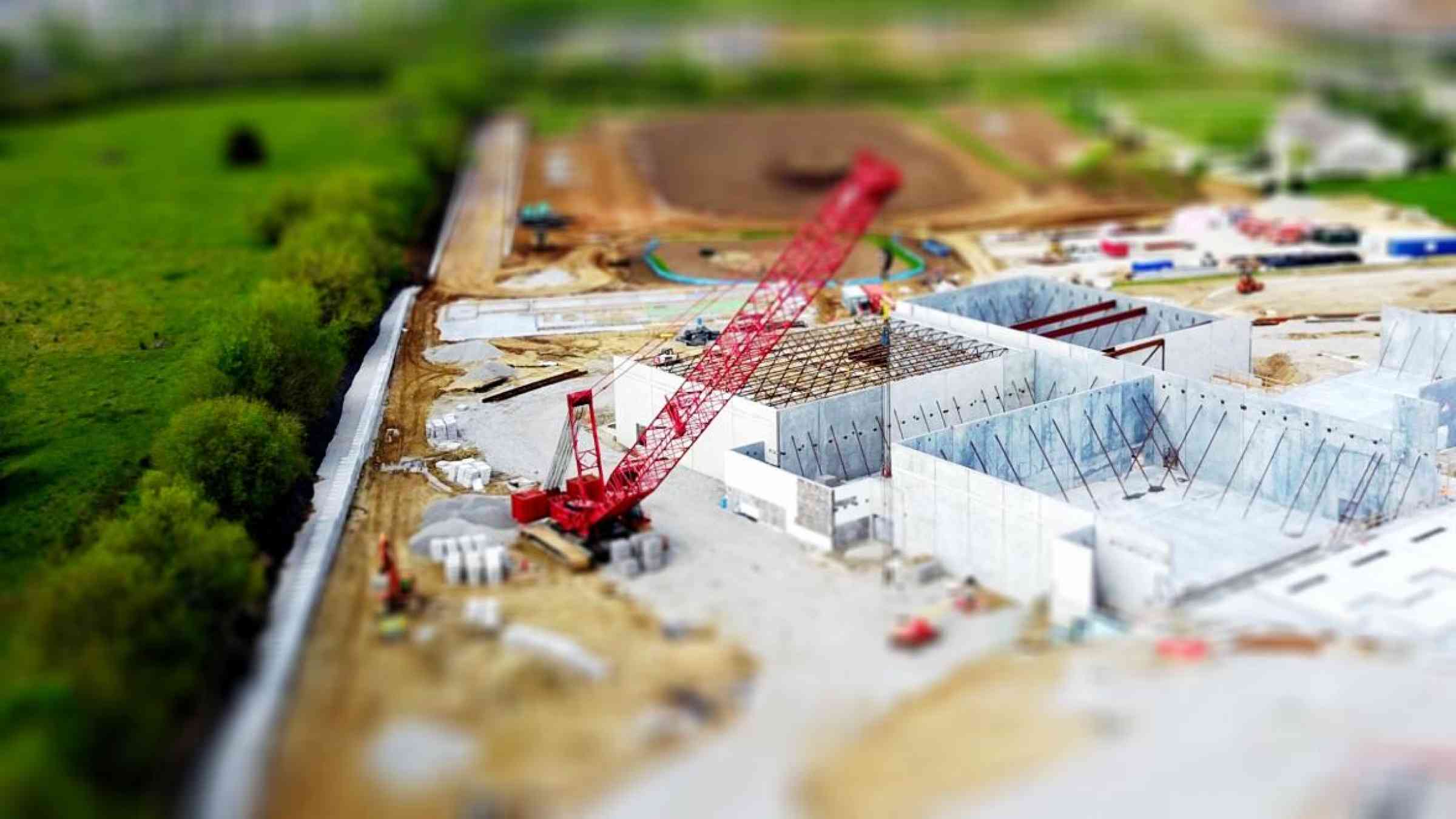Please help us improve PreventionWeb by taking this brief survey. Your input will allow us to better serve the needs of the DRR community.
Building a safer, healthier, more resilient Malawi

By Ana Campos Garcia, Theresa Abrassart and Louisa Helen Barker
A building can be a home, a shelter, a place of work and learning. It can also be the most significant investment of a lifetime, the wealth-base of a household, and the foundation for a resilient society. When natural hazards strike, not only the destruction of brick and mortar is at stake. The ability to function in the face of crisis is also at a risk— from safe buildings that protect human life, to the health and wealth of people and communities.
Malawi has dealt with the harmful impact of recurring disasters, particularly due to the country’s exposure to droughts and floods, as well as landslides, urban fires and epidemics. The country is located within the Great African Rift Valley, an area prone to severe earthquakes. As more reliable data has been made available, projections suggest that climate change will affect the scale and frequency of weather-related shocks to people both in urban and rural areas.
Compounding these risks, the country is also vulnerable to public health emergencies, including the current COVID-19 pandemic, particularly those living in low-income areas and informal settlements with substandard housing quality. Overcrowding, poor ventilation and the lack of access to basic services can accelerate the rate of transmition and exacerbate the difficult conditions in which the poorest live.
The cost of disasters affects both communities and national finances. More than 922,900 people were impacted by tropical Cyclone Idai in March 2019, and about 288,371 houses were damaged across the 15 affected districts. Of the houses affected by the floods, 89% were constructed with sub-standard materials and did not comply with adequate building standards. The total cost of damage to the housing sector was estimated at $106.6 million.
In recent years, the Government of Malawi has made significant efforts to strengthen its building regulatory environment to enable the construction of safer, healthier, and more resilient buildings. The government has updated its institutional and legislative tools for resilience, drafting the country’s first National Building Regulations, developing Safer House Construction Guidelines, and reforming laws related to land use. The World Bank has supported these and other efforts through different projects, including the Malawi Floods Emergency Recovery Project and the Disaster Risk Management Development Policy Financing with a Catastrophe Deferred Drawdown Option (Cat DDO).
Building on these projects, the Global Facility for Disaster Reduction and Recovery’s (GFDRR) Building Regulation for Resilience (BRR) Program has developed a diagnostic assessment of the country’s building regulatory framework to support the government in strengthening compliance with safe standards for land use and construction. The findings of the assessment are highlighted in Managing Risks for A Safer Built Environment in Malawi, a new report funded by GFDRR. The report lays out a cost-effective path to improve building safety and resilience across the country, highlighting a regulatory system tailored to the local context.
The report identifies key challenges and gaps in the country’s current building regulatory framework. For example, Malawi does not currently have legislation or policy in place to define the government’s responsibility for regulating buildings. Furthermore, local enforcement agencies in both rural and urban areas lack staffing and technical capacity to provide oversight for safe siting and construction of buildings. While all the recommendations included in the report promote important components of a comprehensive building regulatory framework, the priority activities are: completing a policy for buildings, updating and finalising the National Building Regulations, and strengthening the capacity of local council planning, building and fire departments.
An extended reform effort is necessary to enhance the long-term safety, productivity and resilience of the built environment, and the time to act is now—when the country is still urbanising at a moderate rate of approximately 3.9%. Malawi remains one of the least urbanised countries in Africa, with about 16.7% of the population living in urban areas. However, this is expected to increase to around 20% by 2030 and is expected to reach 30% by 2050.
Malawi can take advantage of its moderate rate of urbanization by starting to implement plans that will maximise the benefits of safe and healthy urban agglomeration in the future, building towards the safety of its people. Promoting safe standards for land use and construction can contribute to reducing the vulnerability of the country to natural disasters and chronic health risks.
Building code design and land use requirements are used worldwide to promote standards of safety and public hygiene in the built environment. In the context of the Covid-19 pandemic, building regulatory reforms play an important role for cities building back better policies, programs and initiatives.
Explore further
Please note: Content is displayed as last posted by a PreventionWeb community member or editor. The views expressed therein are not necessarily those of UNDRR, PreventionWeb, or its sponsors. See our terms of use
Is this page useful?
Yes No Report an issue on this pageThank you. If you have 2 minutes, we would benefit from additional feedback (link opens in a new window).